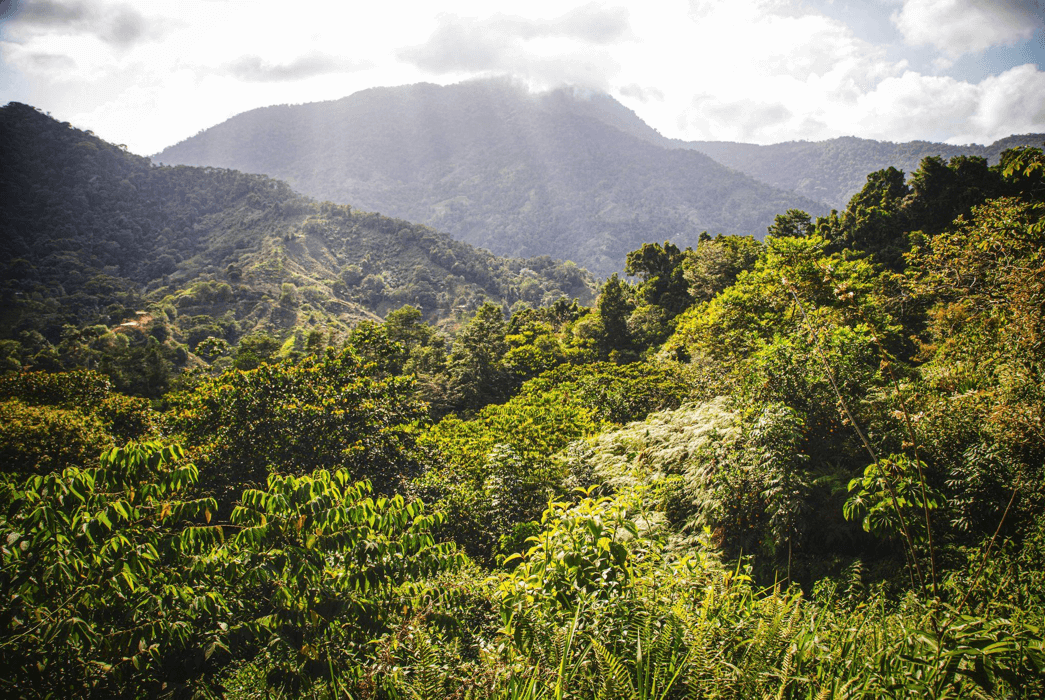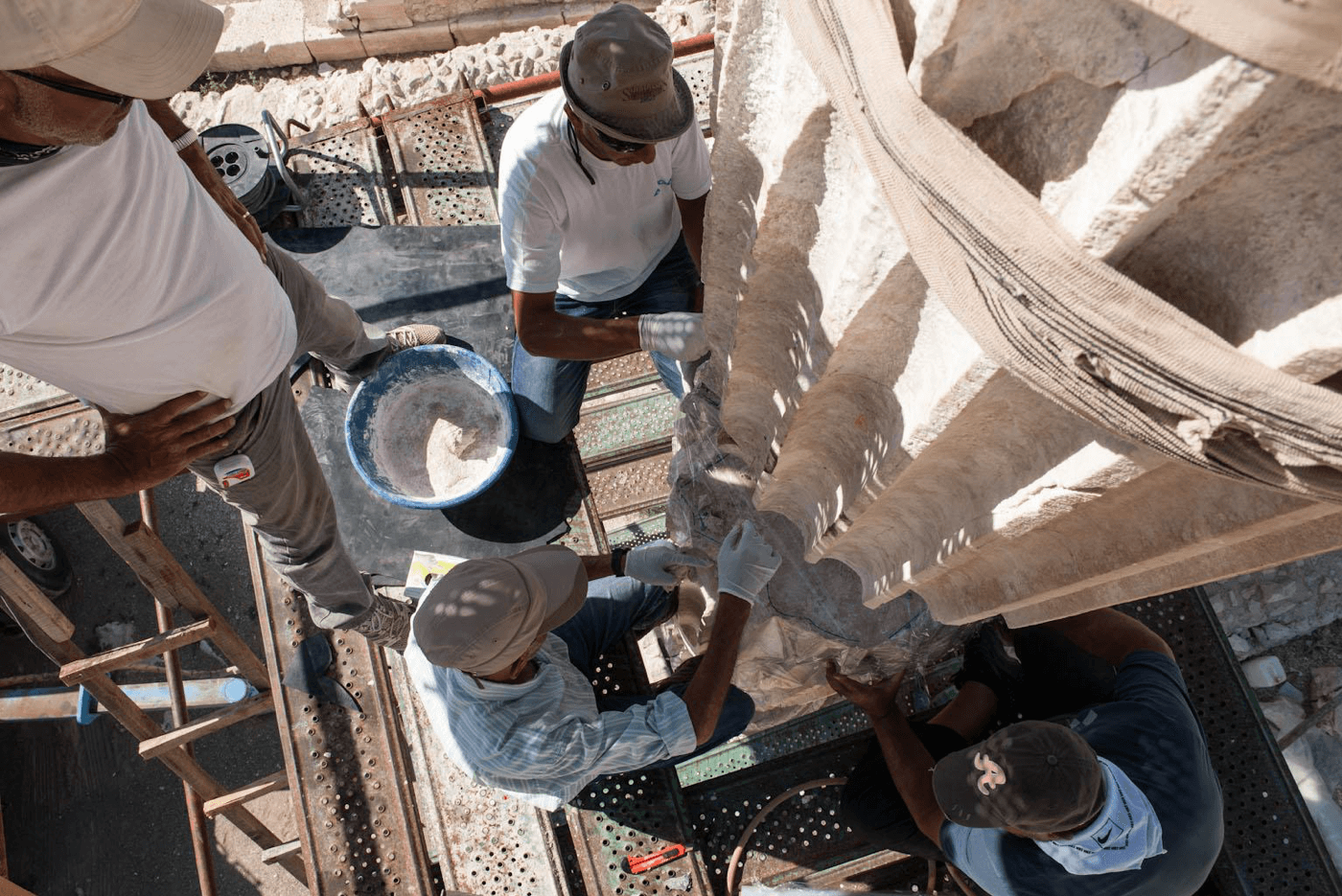The United Nations Sustainable Development Goals (SDGs) aim to transform our world, end poverty, and create a more prosperous and sustainable planet. Calling to action both developed and developing nations, the SDGs are an agreed-upon international roadmap, adopted by 193 countries, for addressing social needs, building economic growth, and tackling climate change.
With the deadline for achieving the SDGs fast approaching, it is integral that we consider how we implement these goals on the ground, and that we reflect on why they matter in the first place. The SDGs matter to Global Heritage Fund and the broader cultural heritage community for a simple reason: for the first time, the United Nations named cultural heritage as an indirect mechanism for achieving sustainable development. By responding to social, environmental, and economic issues since 2002, Global Heritage Fund works with indigenous communities around the world to preserve cultural heritage and simultaneously confront the SDGs.
What are the SDGs?
The Sustainable Development Goals, set by the United Nations in 2015, are considered the world’s agenda for eradicating poverty and transforming the planet to be more prosperous and empowered. Comprising 17 goals and targets, the SDGs have delivered the agenda for the international community to follow when it comes to achieving a planet that benefits the future generations. With the deadline set for 2030, it is crucial we ensure that our efforts surrounding cultural heritage preservation go hand-in-hand with people-centered strategies that address gender equity, climate action, tech and innovation, and sustainability.

Why does Global Heritage Fund care about the SDGs?
At GHF, we promote cultural heritage preservation as a catalyst for achieving sustainable development. In each of our projects, the work that we do pushes the agenda forward. By promoting global partnerships with local stakeholders, governments, and indigenous community members, our projects act as drivers for achieving the larger goals. Our projects in Colombia, Morocco, China, and Turkey are directly implementing the SDGs through innovation, integration, and adaptation.
How do the SDGs relate to our work?
By considering the targets and indicators provided by the SDG framework, GHF aligns itself with four primary SDGs:

Ensuring women’s empowerment, building resilient infrastructures, establishing sustainable systems, and combating the climate crisis are all embodied within GHF’s five themes and are in practice on the ground at each of our sites. The following section will breakdown how our sites address these SDGs.
Ciudad Perdida – SDG 13: Climate Action
At Ciudad Perdida, GHF partnered with the Colombian Institute of Anthropology and History (ICANH) to preserve the 1,400-year-old “Lost City” and create a site management plan that includes reducing deforestation, erosion, and biodiversity loss. Through setting up a tree nursery and reforestation project along the trail with Environomica, as well as by conducting biodiversity assessments to see how tourism was impacting the flora and fauna, GHF has provided partner institutions and the community with the tools to ensure the site is protected from the threats of climate change.
“With GHF, we approached the whole project design process by thinking about different angles, from livelihoods to environmental conservation. Ciudad Perdida is not just a cultural heritage site; there are also all the natural considerations. There are a lot of people in the area who used to farm or ranch for a living, so part of the project is to introduce sustainable landscape management practices that include agroforestry” – Dr. Santiago Giraldo, Director of Latin America

Photo by Michele Galli
Dali Dong Village – SDG 5: Gender Equity
In Dali Dong Village in Guizhou, China, we have seen incredible success with the development of the women’s cooperative focused on traditional, indigo-dyed crafts. The project is an example of women’s empowerment. In a place where women historically had no voice, they are now paving the way for future generations to contribute to their community and local economy. The initiative is focused on preserving traditional craft, and in doing so prioritizes capacity building and development.
“At the women’s co-op, we have seen tremendous growth from when the project began to now. From increasing the number of women working for the co-op, to training them on product development, marketing, and business management, the co-op has transformed into a hallmark initiative in Dali village. The women feel empowered and are eager to continue using their voices as the cooperative grows.” – Dr. Kuanghan Li, Director of Projects and Programs

Photo by Zhang Li
AMAL in Heritage – SDG 9: Tech and Innovation
Global Heritage Fund developed AMAL in Heritage to disrupt the documentation of site-specific risk and damage assessment in the cultural heritage sector by providing state of the art tools for preparedness, response, and recovery. This innovative heritage management platform not only incorporates a technology that gathers data for risk analysis and preparedness, but it also can be deployed by anyone in the immediate aftermath of an emergency, to gather information then assist in prioritizing interventions and planning emergency actions.
“The development of AMAL in Heritage has the potential to change the game for how technology can be used to directly support the SDGs. We used it in response to the port explosion in Lebanon in 2020, and we are working on next steps for enhancing the App’s capabilities so that it can be used to a wider capacity. It really is a transformative tool that can be used for direct humanitarian response, as well as for the larger development agenda.” – Nada Hosking, Executive Director

Sagalassos and Collective Granaries – SDG 11: Sustainable Cities and Communities
Global Heritage Fund has partnered with KU Leuven in Belgium and in-country organizations to address several SDGs that will help Sagalassos become resilient against decay and sustainably safe for the living descendants of the ancient city. Most prominently, the development of the Aglasun Training Program has led to the transformation and conservation of a former bakery that is set to be reopened to the community. This is due to the innovative training taking place at the site.
“These training programs are key elements of the work we do here at Sagalassos. Going beyond the material preservation itself, the capacity building structures we have developed and innovated over time have proven to be integral in the development of the site and the community surrounding it.” – Dr. Jeroen Poblome, Director of the Sagalassos Archaeological Research Project

Photo by Bruno Vandermeulen
In order to help protect the cultural identity and cohesion among rural communities, GHF has joined a five-year initiative with the Souss-Massa regional council and ANDZOA (a governmental development authority) to conserve the ancient stone-carved granaries that are central to the history and legacy of the region. One aspect of this project is the Ecodesign Project, which launched in August 2021, allowing a revalorization of local heritage while involving the local population in economic diversification processes. The project aims to create a cultural space, specifically targeted towards women and children. In addition to this, conservation work of a small street and building above the main gate of the old village is underway, contributing to our efforts behind SDG 11.
“The Collective Granaries draw visitors from around the world, with tourist fees funding local association projects. In order to maintain sustainable tourism, we must build a system of sustainable communities. By engaging the local community in our efforts through training programs, we are able to work together to create a sustainable environment where the heritage of the Collective Granaries can thrive.” – Nada Hosking, Executive Director

Photos by Olivia Travers
Moving forward: GHF and the SDGs
The link between cultural heritage preservation and the SDGs is evident. We must implement culturally-informed projects for the SDGs to be achieved. We plan to continue deepening our involvement in the SDGs we are currently addressing, and we commit to using our networks and resources to expand our reach into the other goals of the agenda. This cannot be done without a global partnership that is mobilized for change, focused on the needs of the local communities with whom we work, and inspired to preserve the heritage of people around the world.

